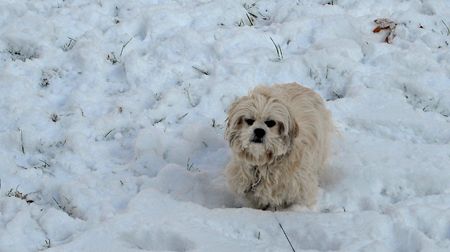6 tips to help wildlife weather the winter
The weather outside may be frightful, and that's not so delightful for many wildlife. When the temperature drops, consider these tips to keep animals safe.
Next >
With winter at the front door of many of our houses, you might be wondering about the woodland creatures outside. These six tips are a good start to help support your local wildlife.
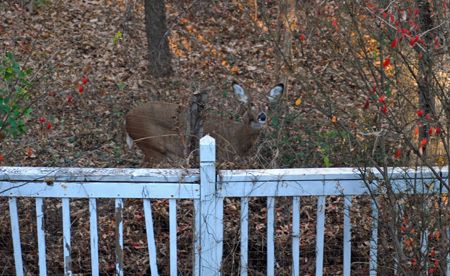
1. Brush it up. If you can spare a corner of your yard for a brush pile, this can be a safe spot for wildlife.
Photos courtesy of Portia Stewart
2. Just leave it. Leaves provide excellent cover for wildlife, so consider leaving a leaf pile in a corner of your yard for critter cover. Or if you mulch leaves with a mulching mower and add them to your compost, they’ll decompose and nourish the soil. And don’t deadhead. They may be less-than-lovely to look at, but dried flowers and stalks are an important winter food source for wildlife.
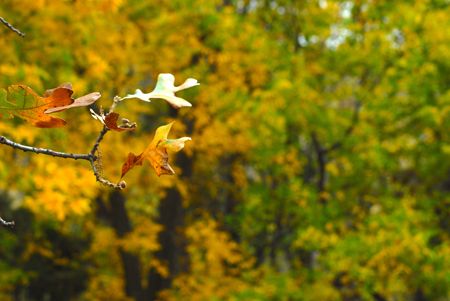
3. Watch your water. When temperatures drop, water may also freeze up. Adding a heating element to a birdbath can provide life-saving liquid when Old Man Winter blows his blustery breath. And don’t forget to keep birdbaths and other water sources clean to prevent the spread of disease. Read more here.
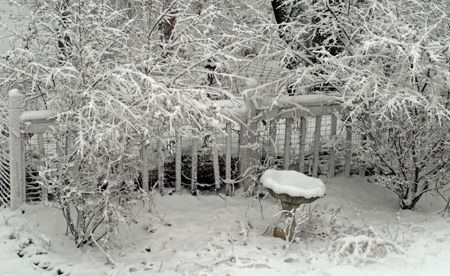
4. Seed the birds. Skip the bread and opt for a Humane Society recommended birdseed to make sure these feathered friends are receiving the right nutrition to weather the winter.
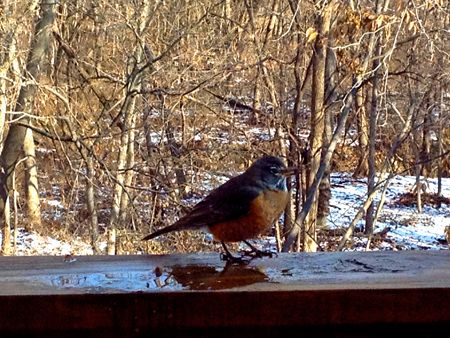
5. Stow your summer gear. You can make your yards safer by tucking away hoses, swings, and other items that might be an attractive nuisance for wildlife in the winter. For example, the Humane Society cautions items like volleyball nets can snag deer when they’re rubbing their antlers on the poles, so it’s best to put these items out of reach in winter.
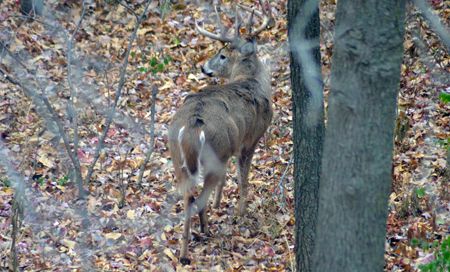
6. Don’t forget to protect pets, too. Remember to practice safe steps to keep your own furry household friends safe. Many pets are lost in winter, so consider a microchip—and encourage the pet owners at your practice to think about safe pet recovery, too. And as the temperatures drop, remind pet owners of this guideline: If it’s too cold for people outside, it’s also probably too cold for pets, too. Your veterinarian may choose to offer more specific recommendations about wintertime safety for pets. You can start with this handy client handout.
